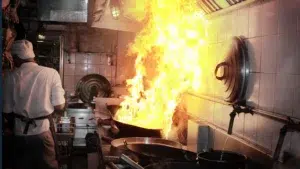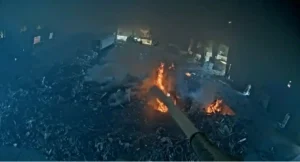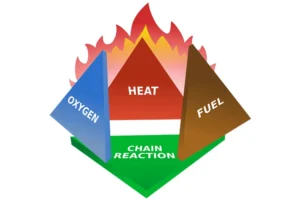
Fire Blankets: A Simple Yet Essential Tool for Fire Safety
When we think about fire safety, things like fire extinguishers, smoke alarms, and sprinkler systems usually come to mind. But there’s one tool that’s often forgotten—the fire blanket. It’s simple,



